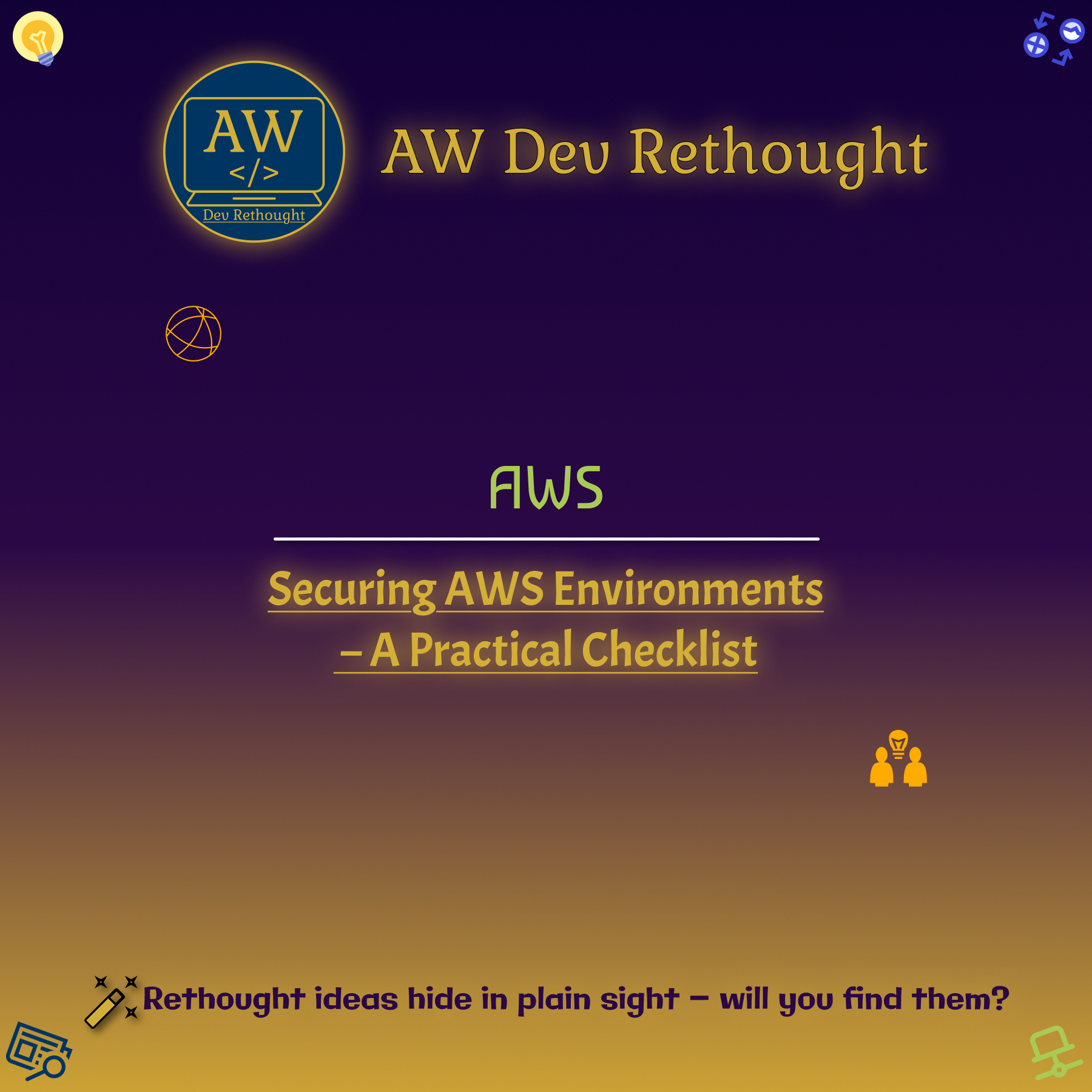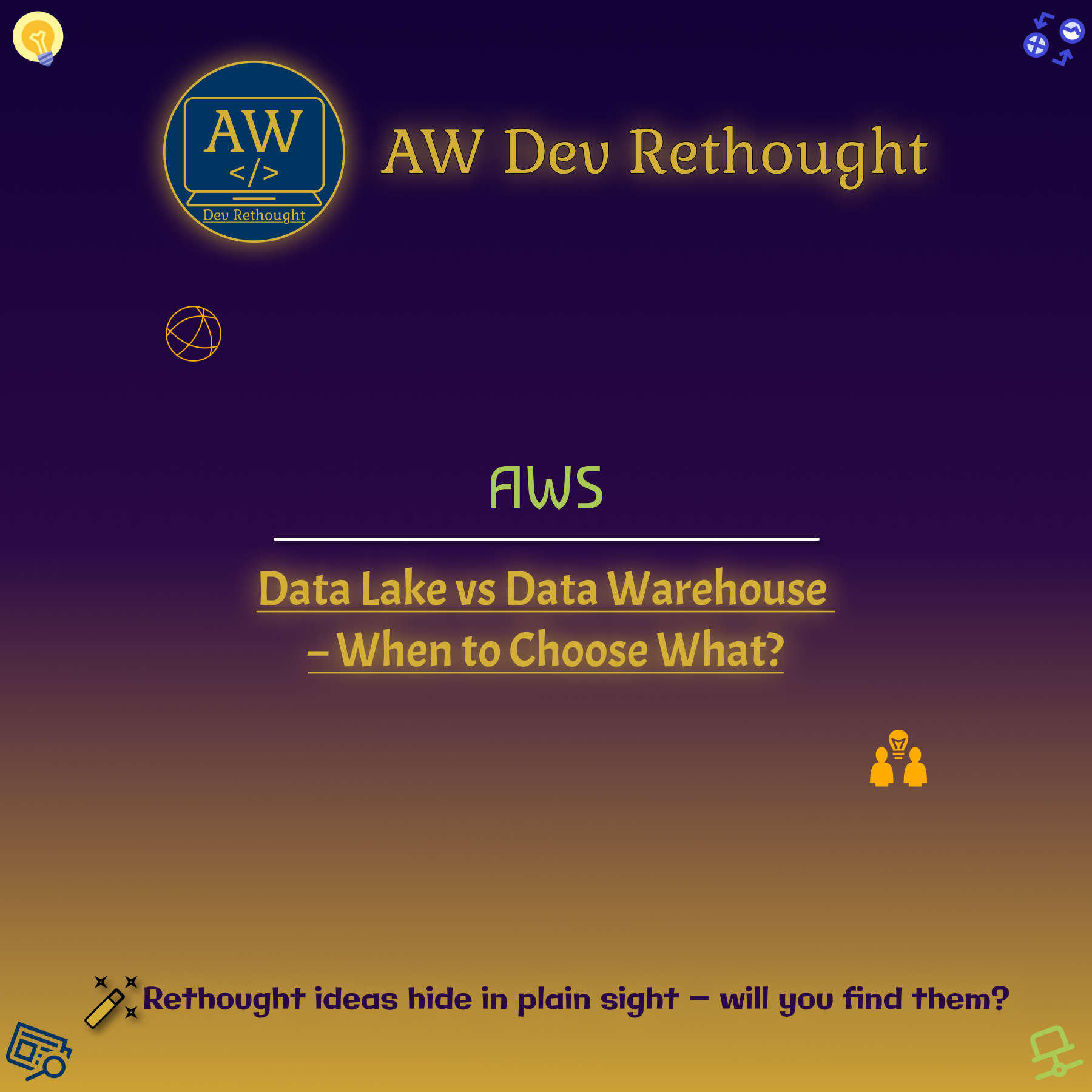AWS: Common Pitfalls in Multi-Region Deployments
Posted On: October 17, 2025 | 5 min read | 1
Introduction
Deploying your application across multiple AWS regions promises high availability, low latency, and disaster recovery — but it’s also one of the most misunderstood strategies in cloud architecture.
Many teams rush into multi-region setups without evaluating the trade-offs in complexity, cost, and data synchronization.
Let’s uncover the most common pitfalls engineers face when going multi-region — and how to design it the right way.
1. Assuming Multi-Region Always Means High Availability
It’s easy to assume that “multi-region = resilient,” but redundancy is not automatic.
If your architecture isn’t designed for failover, a regional outage can still bring down your entire system.
The Pitfall:
Deploying the same app in two regions without:
- Cross-region health checks
- Automated failover (via Route 53 or Global Accelerator)
- Consistent configuration management
The Fix:
- Use AWS Route 53 health checks and DNS failover for automated redirection.
- Deploy infrastructure through AWS CloudFormation StackSets to ensure parity.
- Test failover drills regularly — not just in theory.
2. Data Replication Latency and Inconsistency
When databases are replicated across regions, data lag becomes a major issue.
Even milliseconds of delay can cause stale reads or inconsistent states for users.
The Pitfall:
- Cross-region replication in RDS, DynamoDB Global Tables, or S3 isn’t instantaneous.
- Developers expect near-zero lag, which is unrealistic for write-heavy workloads.
The Fix:
- Understand RPO (Recovery Point Objective) and RTO (Recovery Time Objective) for your system.
- Use read replicas for latency-sensitive reads and write routing for localized updates.
- For globally distributed apps, consider eventual consistency models and conflict resolution logic.

Figure: AWS Disaster Recovery Strategies — Backup & Restore, Pilot Light, Warm Standby, and Multi-Site Active/Active (Source: AWS Whitepaper)
3. Overcomplicating Architecture Too Early
Not every application needs to go multi-region.
Many startups and mid-scale systems waste resources duplicating everything globally without a real business need.
The Pitfall:
- Implementing multi-region before validating traffic demand.
- Maintaining double the infrastructure, CI/CD, and monitoring complexity.
The Fix:
- Start with multi-AZ (Availability Zone) deployments — most outages are regional within a single region.
- Move to multi-region only when latency or compliance demands it.
- Always follow a business-first, architecture-second mindset.
4. Misconfigured Networking Between Regions
Inter-region communication is not as simple as VPC peering within one region.
Cross-region traffic travels over public networks (even if encrypted), introducing latency and cost surprises.
The Pitfall:
- Assuming VPC peering works seamlessly across regions.
- Forgetting to enable inter-region traffic encryption or IAM role replication.
- Overlooking AWS Transit Gateway inter-region peering costs.
The Fix:
- Use AWS PrivateLink or Transit Gateway Peering for secure connections.
- Monitor inter-region data transfer costs (especially for east-west traffic).
- Use AWS Global Accelerator for optimized global routing.
5. Inconsistent Deployment and Configuration Management
Deploying across multiple regions means keeping identical infrastructure and versions everywhere — and that’s hard to do manually.
The Pitfall:
- Different environment variables or AMI versions per region.
- Missing IAM roles or mismatched S3 bucket policies.
The Fix:
- Automate everything using Infrastructure as Code (IaC):
- AWS CloudFormation
- Terraform
- AWS CDK
- Store configuration in a centralized parameter store (like AWS Systems Manager Parameter Store).
6. Unexpected Cost Explosion
Multi-region means more than just compute duplication — it multiplies data transfer costs, storage replication, and operational overhead.
The Pitfall:
- Ignoring cross-region S3 replication costs.
- Failing to account for Route 53, CloudFront, or KMS key replication fees.
The Fix:
- Use AWS Cost Explorer to track inter-region traffic.
- Consolidate logging and backups in fewer regions.
- Optimize for active/passive setups when possible instead of active/active.
7. Compliance and Data Residency Challenges
For regulated industries (healthcare, finance, government), data sovereignty laws can restrict where you store or process data.
The Pitfall:
- Storing personally identifiable information (PII) in regions without approval.
- Replicating encrypted data without proper KMS key management.
The Fix:
- Understand compliance frameworks like GDPR, HIPAA, or SOC 2.
- Use region-specific KMS keys and encryption policies.
- Keep compliance documentation aligned with your AWS Organization structure.
Conclusion
Multi-region architecture is powerful — but only when it’s purpose-driven.
It’s not a silver bullet for availability or performance; it’s a design choice that requires maturity, monitoring, and discipline.





No comments yet. Be the first to comment!